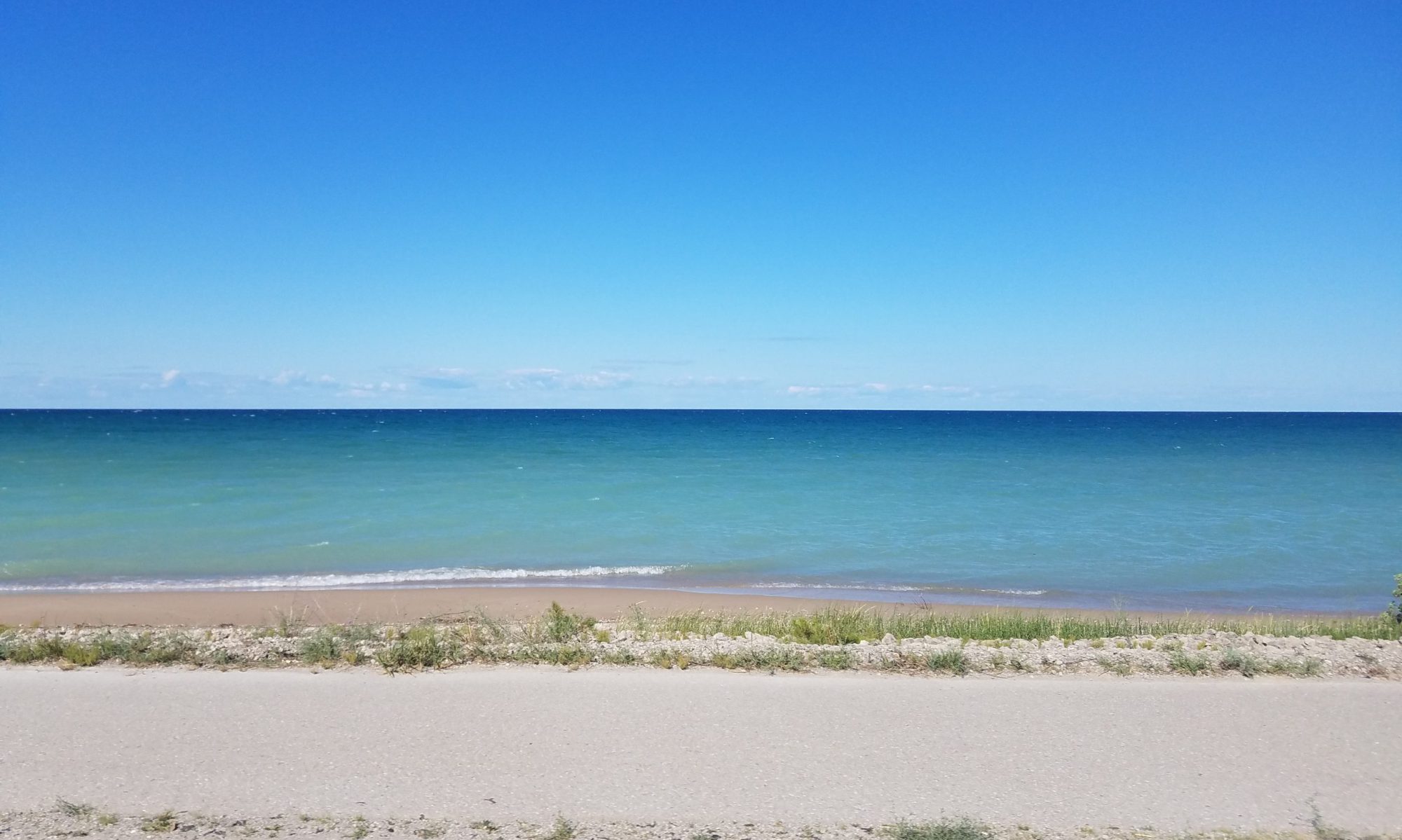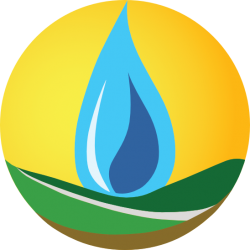Research Interests
Forests cover approximately one third of the global land surface area. Changes induced by human activities can exert significant impacts on the environmental services provided by forests. Nevertheless, the long term footprints of certain types of forest cover conversions on the water and biogeochemical cycles are poorly understood. My research work has focused on observing and predicting hydrological processes in managed forested ecosystems. This is, how the disturbance and recovery of forests can affect the components of the water balance.
Currently, I am investigating the potential effects on the water quantity and quality of the Great Lakes Basin from on-going environmental changes as the intensive development of biofuel crops in the Midwestern United States. I am also involved in the large-scale assessment of the Ogallala-High Plains aquifer, one of the largest aquifers in the world, from a sustainability approach that combines climate, economic, social, crop, and hydrological models. A third topic of my research concerns the observation and modeling of subsurface processes using geophysical methods.
Moreover, I am also interested on additional topics as ecohydrology, desertification, nonlinear patterns in geophysics, climate change and infrastructure and, water management systems.
Education
- Ph.D. Forestry and Environmental Sciences, University of Freiburg, Germany. 2012. Dissertation Title: The hydrology of forest disturbance and succession during dry periods.
- M.A.S. Water resources engineering and management, Swiss Federal Institute of Technology Lausanne/Zurich, Switzerland. 2007. Thesis Title: On the sensitivity analysis of the PMF to the space-time distribution of a PMP: Analysis of the hydrological response of a catchment.
- B.Eng. Hydrological engineering, Metropolitan Autonomous University, Mexico. 2005.
Recent Publications
- Brena A, Stahl K and Weiler M (2011) Evapotranspiration and land cover transitions: long term watershed response in recovering forested ecosystems. Ecohydrology DOI: 10.1002/eco.256
- Brena A, Weiler M and Stahl K (2011) The sensitivity of a data-driven soil water balance model: insights from
a successional chronosequence. Hydrology and Earth System Sciences Accepted.
Recent Abstracts
- Brena A, Stahl K and Weiler M. 2011. How does forest disturbance and succession affect summer streamflow recession?, AGU Fall Meeting, San Francisco, USA.
- Brena A, Weiler M and Stahl K. 2011. Predicting evapotranspiration in a successional forest without eddy covariance measurements, EGU General Assembly, Vienna, Austria.
- Brena A, Weiler M, Stahl K and Smith R. 2010. Comparative ecohydrology across disturbed forested watersheds: soil moisture regimes and storage-discharge relationships, LATSIS Symposium. Lausanne, Switzerland.
- Brena A, Weiler M and Stahl K. 2010. Inferring long-term water balance dynamics in forested watersheds: tracing vegetation cover transitions, EGU General Assembly, Vienna, Austria.
- Gaume E, Bain V, Marchi L, Preciso E, Bass S, Brena A, Borga M, Bonnifait L, Horvat O, Rogga M, Stegmeier A, Schütz T and Viglione A. 2009. An intensive Post Event Campaign (IPEC) on the extreme flash flood which affected the Starzel river (Germany) on the 2nd of June 2008, EGU General Assembly, Vienna, Austria.
- Brena A, Schneider J, Stahl K. and Weiler M. 2009. Estimation of low flows sensitivity to climate and land use changes using a parsimonious water balance model, EGU General Assembly, Vienna, Austria.
- Brena A,. 2006. Strategies for flood prediction in large urban zones, 2nd International Symposium “Preventing and Fighting Hydrological Disasters”, Timisoara, Romania.
- Brena A, and Briseno F. 2005. Strategies for flood prediction in large urban zones, 4th Worldwide Workshop for Young Environmental Scientists CEREVE-UNESCO-IWA, Paris, France.
- Brena A,. 2003. Managing Urban Development and Industrial Growth in the Basin of Mexico, 13th Stockholm Water Symposium, Stockholm, Sweden.










